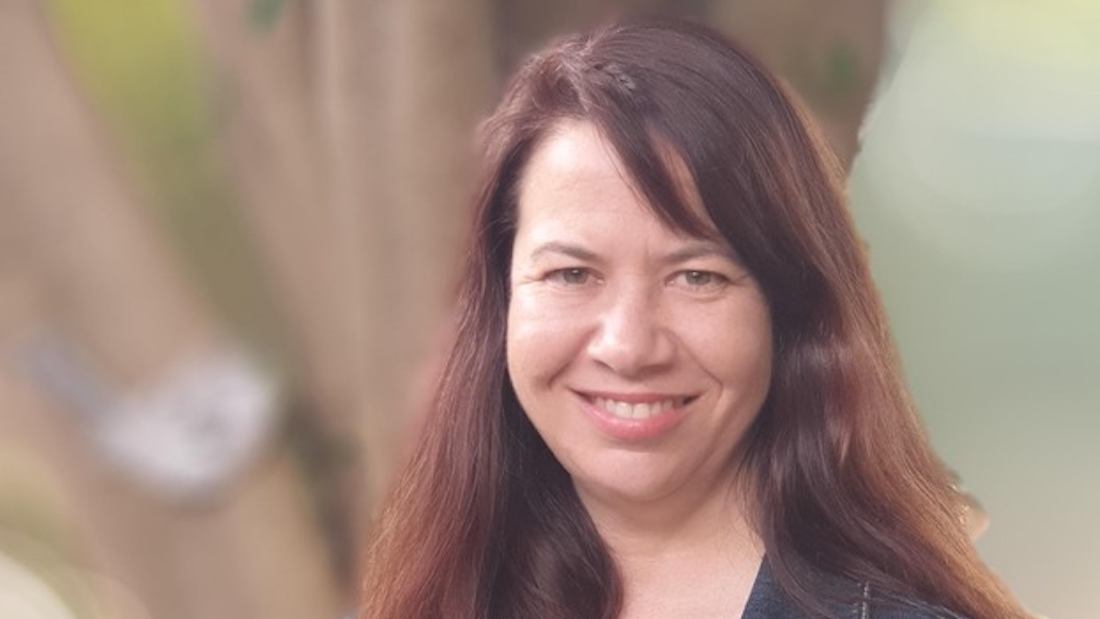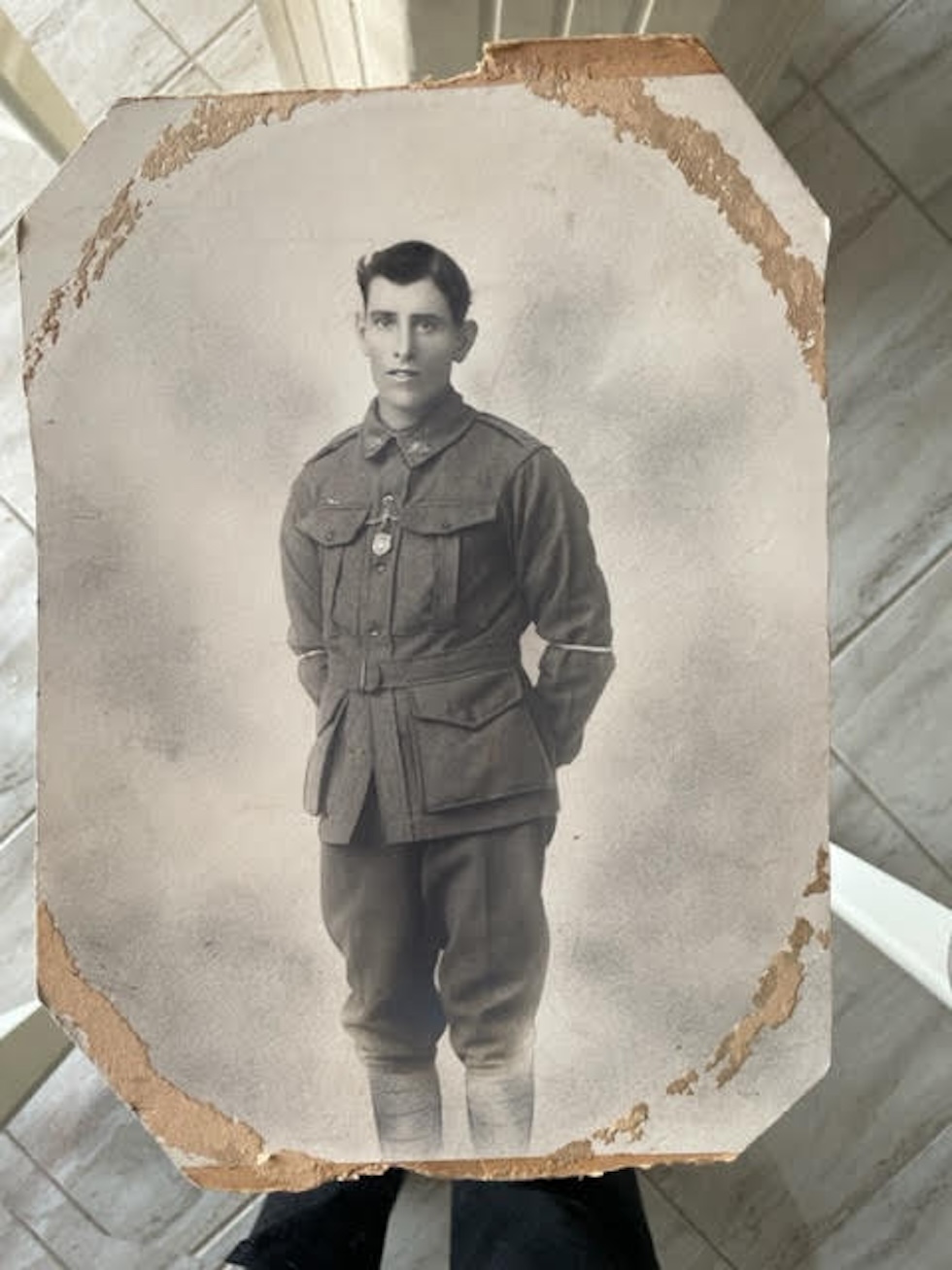
Uncovering the history of York with local author Sasha Wasley
Presented by York Festival in association with WA’s peak writing body Writing WA, the York Regional Writers Weekend on Saturday, April 13 and Sunday, April 14, will feature two days of author in-conversations and poetry readings with authors and poets either living in the regions or with regional connections. One of the highlights of this year’s program is set to be a York History Walk with local author Sasha Wasley, whose latest historical novel Snapshots from Home is set in York during World War One. BRAYDEN EDWARDS caught up with Sasha Wasley to uncover some of the secrets of the town and how they came to shape her novel.
Your recent book Snapshots from Home is based in York during World War One. What was it that drew you to York as the location for this novel?
I have a family history in York, as my ancestors were farm labourers at Balladong Farm. My beloved nanna had some great stories about York life. The one I love most is that she and her friend were the first girls to wear pants suits in York! My great-great-uncle Aubrey Longbottom was raised in York before he enlisted and died in WWI. I’ve spent a lot of time in the town over the past 30 years and absolutely love its interesting history and its visual charm. When you feel like you know a place well, it’s much easier to write about it.

Sasha Wasley's great-great-uncle Aubrey Longbottom
And take us back to the town as you understand it in 1917. What do you think would be our first impression of the place if we were somehow transported back there?
If we were transported back to York in 1917 we'd notice a few significant things. The town's wide main street would be lined with blue-metal road base crunching under our feet and the town would smell like fresh country air punctuated with animal dung as well as farm produce, like onions. There would be plenty of horse-drawn vehicles but also some cars parked up and down the road. The spectacular Town Hall would only be about 10 years old and there would be signs up advertising motion pictures and amateur dramatics showing there.
Central York was nestled between two main 'villages' at either end of Avon Terrace: Blandstown (named for the Bland family) and Monger's Town named for the Monger family who built Faversham House. And there would be a notable shortage of young men because so many of them had enlisted to fight in the Great War.
You must have done a lot of research about York for the novel, including stories from real families. What was something surprising that you learnt in the process?
So many surprises! I loved using the Trove digitised newspaper collection to find out about what was going on at the time. It was interesting to learn that the senior Monger was known as the 'Duke of York' and competed with RH Bland for prominence in the town. I discovered that I personally have a cattle stealer in my ancestry, but I was also surprised to discover that there had been a major winter flood that impacted the entire Avon and Swan valleys back in 1917, flooding far up the banks and destroying crops and properties. It was enjoyable writing about real families although I got creative with their personalities, so sometimes I changed the names to protect the descendents.

Inside the historic York Town Hall
And speaking more broadly, what was your impression of life in the early 20th century in WA? What kinds of challenges would women in particular have had to face at the time?
Women were keeping the home fires burning at the time by taking the jobs left vacant when men enlisted. In WA, there was not much in the way of women taking factory or land jobs during WWI, but certainly they were shifting out of domestic service and into office jobs. Many women also signed up as nurses and went to the front or worked here with men invalided home after an 'Aussie' (a wound that was bad enough to get you sent home).
Women's lives really revolved around the war back then. If they weren't doing jobs left vacant by men or working as nurses, they were making comfort packages for soldiers or raising funds for the war effort. It must have been incredibly difficult to stay upbeat and productive while you lived with grief or the fear of loss every day
The novel is based around an initiative where volunteers sent photos to the troops in the war. How widespread was this program? And what kinds of photos were being taken and sent?
This program operated all over the British Empire, from England to Australia, NZ and India. There were 8,000 volunteers in Australia, although only 150 in WA. Over 150,000 photos were sent from Australia to the boys at the front, of anything from the wife or parents to a loved pet dog or even the new hen house. It was an important comfort scheme because it helped stave off one of the worst things for soldier morale—something known as 'heart hunger'—the painful longing for home and loved ones. Many men said in their letters of thanks that the photos helped them remember what they were fighting for.

The view from Mount Brown Lookout over York
This Regional Writers Weekend you’ll be leading a York History Walk through the town. What kinds of things can we look forward to on this tour?
I'm excited to share some quirky little stories of York with people on my history walk—from the bloke who died in a startling accident at one of the hotels to the legal wrangle between a husband and wife over the ownership of a general store! Life was never dull in York, I can promise you that. I will tell some of the lesser-known stories I stumbled across throughout my research as we walk around and see the places where they happened, as well as reading snippets from my book to show how I wove that history into the story.
What other exciting things are part of the Regional Writers Weekend program that we should look out for?
I'm hoping to go on Ross Vegas' spooky walk, York's Dark Corners, and I'm looking forward to Dr Marion Kickett's talk on 'What is an Elder?' I'm also keen to hear Anthea Hodgson talk about her book, The War Nurses.
